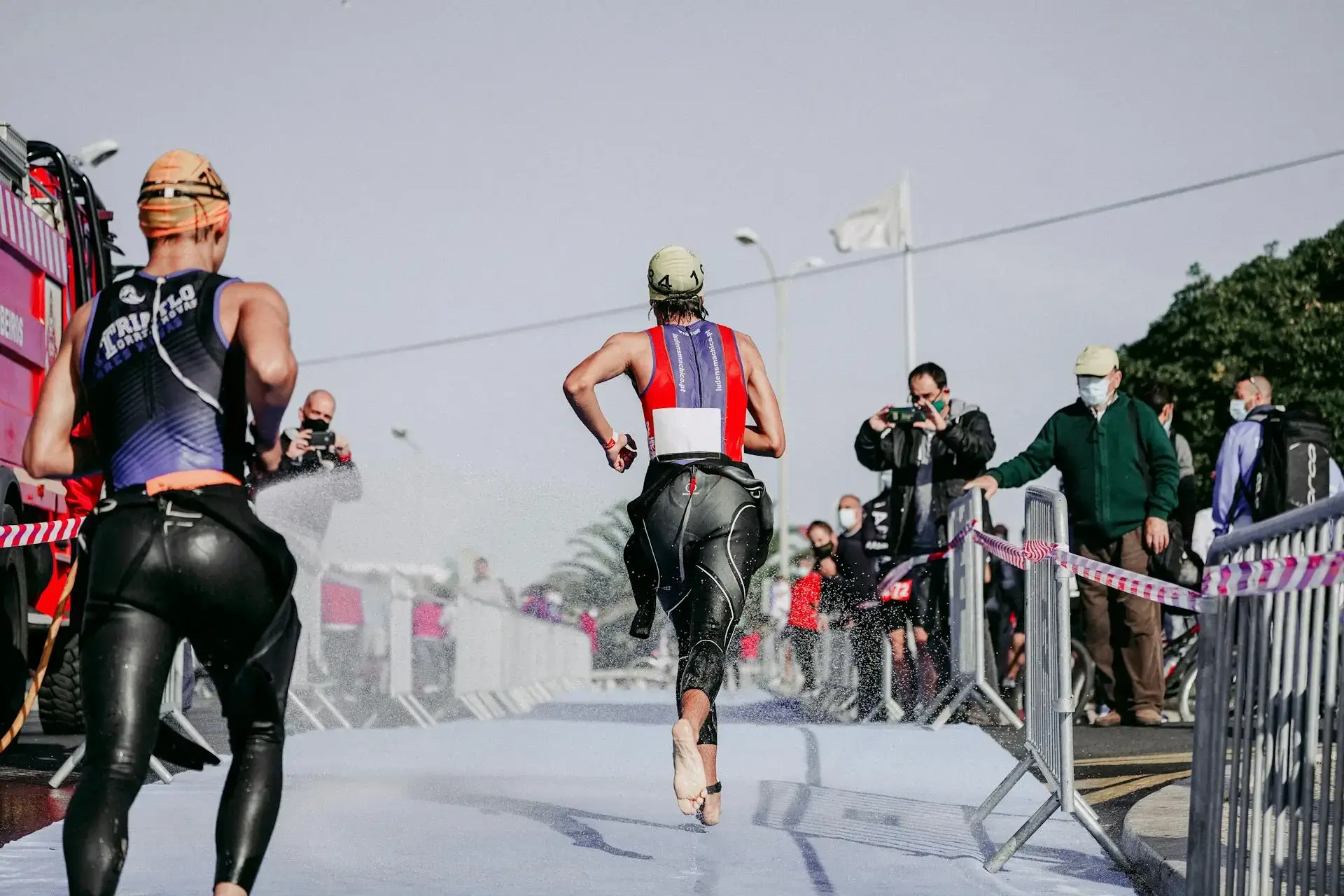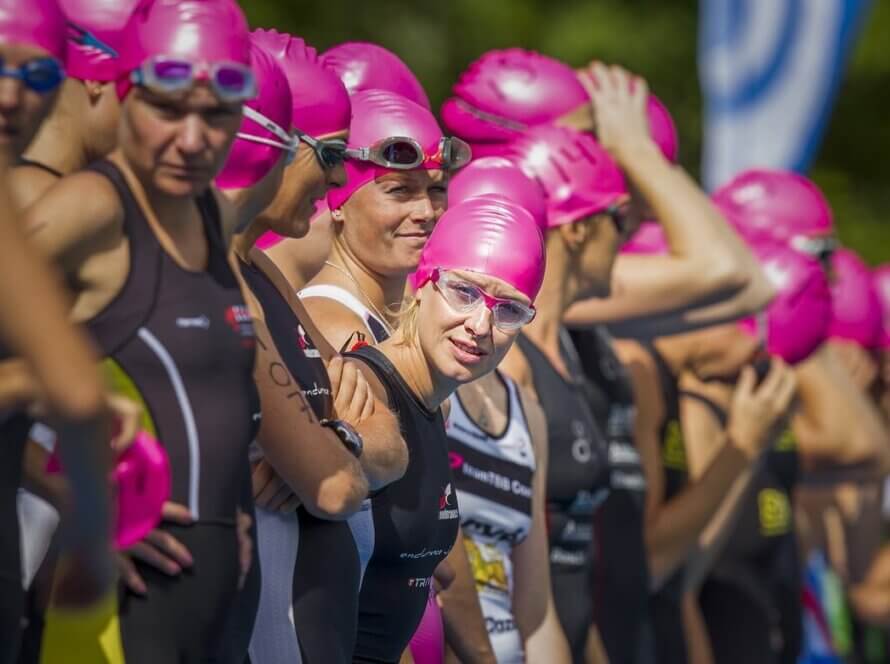Guide to Triathlon Distances
Different triathlon distances is the main factor breaking this challenging and exhilarating multisport event, into diffrent categories. From beginners to elite athletes, people from all walks of life are drawn to the test of physical and mental strength that this sport provides.
One of the most intriguing aspects of triathlon is its varying triathlon distances, making it accessible to individuals with diverse fitness levels.
TLDR; | There are 4 major categories of triathlon distances. They are made up of Sprint (16-31miles), Olympic (32miles), Half IronMan (70.3miles) & Full IronMan (140.6miles)
In this article, we will dive into the different triathlon distances and what they entail for competitors.
Table of Contents
Explanation of the sport of triathlon
A triathlon is classified as a race where competitors compete by swimming, running and then cycling a set distance. These distances will differ but there are generally 4 classifications which are Sprint, Olympic (standard), Half IronMan (70.3m) and IronMan (140.6m)
Importance of understanding different distances in triathlon
Understanding the importance of different triathlon distances is key to being successful in this multi-sport event. Triathlons can vary greatly in distance, from sprint triathlon to Ironman races, and each distance requires a different level of training and strategy.
Knowing the specific distance of your race will allow you to properly prepare and pace yourself accordingly. It also allows you to set realistic goals and track your progress throughout training.
Additionally, understanding the various distances can help you determine which type of triathlon is best suited for your abilities and goals.
By taking the time to deep think about the different distances in triathlon, you can fully grasp the unique challenges and opportunities that each one presents, ultimately leading to a more enjoyable and fulfilling experience on race day.
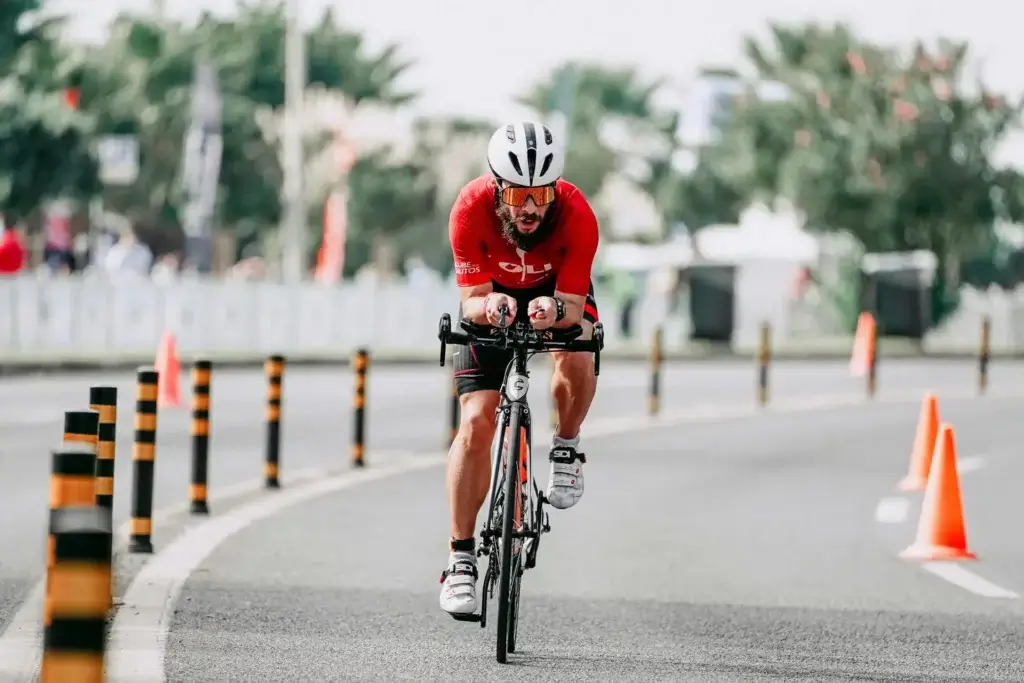
Sprint Triathlon Distance (16-31miles)
Definition and distance breakdown
The total triathlon distance covered in a sprint triathlon varies depending on the race course, but it typically ranges from 750 meters to 1,000 meters for the swim leg, 20 kilometres to 25 kilometres for the bike leg, and 5 kilometres to 10 kilometres for the run leg. This adds up to a total of approximately 16 to 31 miles (26 to 50 kilometres) in total distance.
Training tips for a successful sprint distance race
- Explosive Starts, Smart Transitions: In a sprint triathlon, every precious second matters. Master explosive swim starts and streamline your transitions to minimize downtime. A flawlessly executed transition can make all the difference in this swift race
- Master the Art of Sprinting: In contrast to longer races, a sprint triathlon demands short, intense bursts of effort. Enhance your training by focusing on targeted intervals of high intensity, enabling you to excel in pivotal moments such as surpassing competitors or finishing with strength.
- Aero Gains Matter: While aerodynamics may not be as vital in shorter distances, it still holds significance in sprinting. Master the art of lowering your body on the bike and optimizing your position to effortlessly slice through the air, particularly during the bike leg where speed reigns supreme.
- Precision in Gear Selection: Sprint races require rapid decision-making. A thorough understanding of gear ratios, particularly on the bike, is crucial. Knowing when to shift and selecting the appropriate gear for different terrains can greatly influence your overall timing.
- Fine-tune Your Transition Area Setup: The transition area is a space of constraint, and a well-arranged setup can shave off precious seconds from your time. Make it a habit to organize your gear logically and efficiently, ensuring easy identification with a visual marker.
- Brick Workouts for Speed Transitions: The transition from biking to running in a sprint can be quite sudden. To better prepare your body for the unique demands of sprint transitions, consider incorporating more brick workouts into your training routine. These workouts involve back-to-back sessions of biking and running, helping you adapt and perform at your best.
- Efficient Swim Techniques Pay Off: During a sprint, the swim segment becomes a brief yet intense burst of energy. Prioritize refining your swim technique to maximize efficiency and speed. In shorter races, every stroke carries amplified significance, underscoring the importance of maintaining proper form for a quicker swim leg.
- Tune Up Your Anaerobic Fitness: Sprint triathlons propel your body into the realm of anaerobic exertion. Focus your training on short bursts of high-intensity effort to enhance your anaerobic capacity. This will grant you a competitive advantage when it comes to surging ahead with speed during the race.
- Precision Pacing on the Run: For shorter run distances, precise pacing becomes paramount. During training, hone your ability to strike the perfect balance between speed and endurance. Mastering the art of knowing when to push and when to maintain can be the deciding factor in the success of your run leg.
- Mental Toughness for Short Intervals: Sprint triathlons consist of a series of intense endeavours. Cultivating mental fortitude allows you to persevere through demanding intervals during training. This inner strength becomes a formidable asset when pushing the boundaries during the race, enabling you to achieve your utmost potential.
Hey, just a friendly reminder: the sprint distance may be short, but the intensity is through the roof! These tips are all about boosting your efficiency, speed, and mental readiness for the unique challenges of a sprint triathlon. You got this!
Personal insights on competing in a sprint distance race
Whilst the sprint distance is perfect for beginners, and I did a ton of them when I was younger, it quickly lost its appeal. It is simply not as challenging as a half or full IronMan!
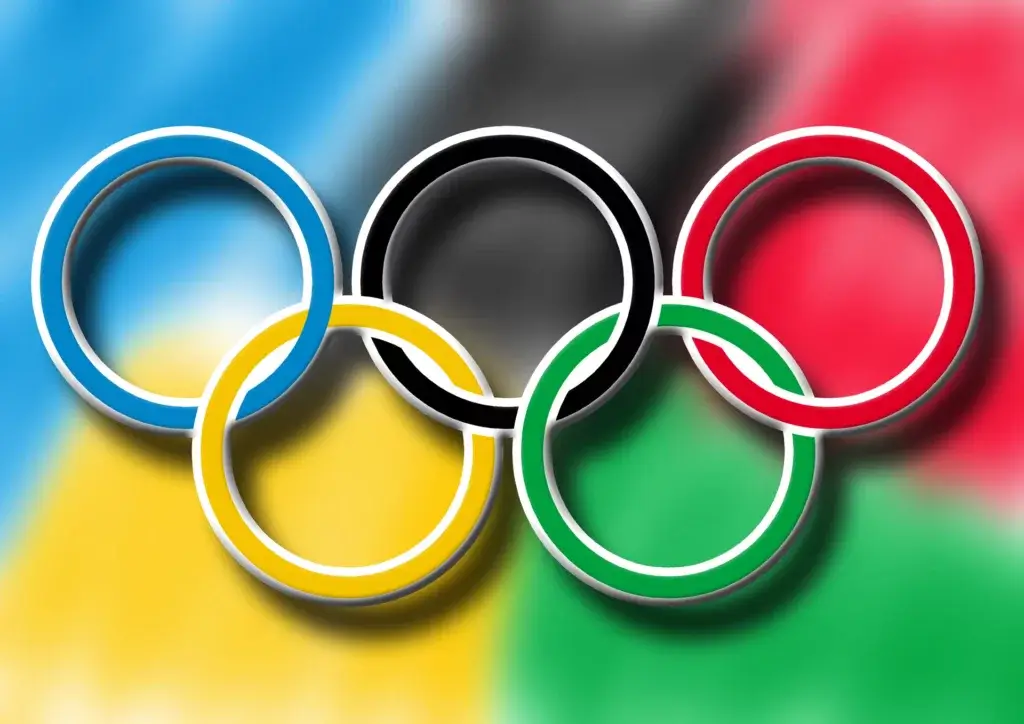
Olympic Distance Triathlon / Standard Distance (51.5km / 32miles)
Definition and triathlon distance breakdown
The distance of an Olympic triathlon is standardized by the International Triathlon Union (ITU) and consists of a 1.5-kilometer (±0.93 mile) swim, a 40-kilometer (±24.85 miles) bike ride, and a 10-kilometer (±6.21 miles) run.
The event begins with a mass-start open water swim where competitors must navigate through a designated course marked by buoys.
Upon completion of the swim, athletes transition to the cycling portion which takes place on closed roads or circuits. They must complete multiple laps to reach the required distance of 40 kilometres.
After completing the bike portion, competitors transition once again to the final stage – the 10-kilometer run.
This segment typically takes place on paved surfaces such as roads or paths and requires participants to complete multiple laps until they reach the finish line.
Reflections on my journey with Olympic distance triathlon races
I have only done a few Olympic distance triathlon events. I view the standard triathlon (Olympic triathlon) as a sort of “benchmark”.
In my mind, I did many Sprint distances to be able to comfortably do an Olympic distance. Ultimately it was simply a stepping stone to doing Ironman events.
These races I think are more focused on competitive athletes in their prime, but that is just my view.
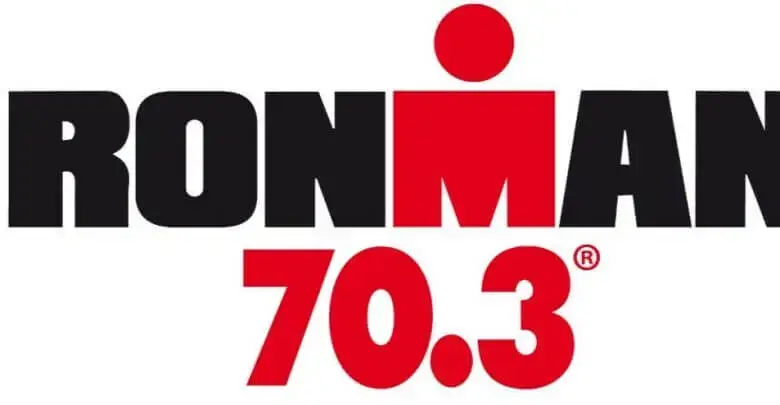
Half Ironman Distance Triathlon (70.3 miles)
Definition and distance breakdown
The half ironman triathlon, also known as the Ironman 70.3, is a long-distance triathlon race that consists of a 1.2 mile (±1.9 km) swim, a 56 mile (±90 km) bike ride, and a 13.1 mile (±21 km) run, in that order.
It is one of the most popular and challenging endurance events in the world and requires not only physical fitness but also mental strength and determination.
Distance Breakdown
Swim – The first leg of the half-ironman triathlon involves a 1.2-mile (±1.9 km) swim in open water, usually in a lake or ocean.
This distance is equivalent to approximately 1937 yards or 1768 meters and can take anywhere from around 30 minutes for elite athletes to over an hour for beginner participants.
Bike – After completing the swim portion, participants transition to the bike portion which consists of a gruelling 56-mile (±90 km) ride through varying terrain and elevations. This distance is roughly equivalent to cycling for about three hours at an average speed of 18-20 miles per hour.
Run – The final leg of the half ironman triathlon is a half marathon, which is equal to 13.1 miles (21 km). Participants must complete this distance on foot after already completing the swim and bike portions, making it an extremely demanding feat. The average time for completion is around two hours for elite athletes and can take up to four hours for others.
Overall, the total distance covered in a half Ironman triathlon is approximately 70.3 miles (113 kilometres). It requires intense training and preparation as well as mental fortitude to complete this challenging race.
Personal experiences from completing multiple Half Ironman races
I think the half Ironman is my favourite distance. Don’t get me wrong, completing an Ironman is an amazing feat and it’s an incredible feeling.
For me, I just feel that I can get close to that feeling a lot more throughout the year by doing half Ironman events.
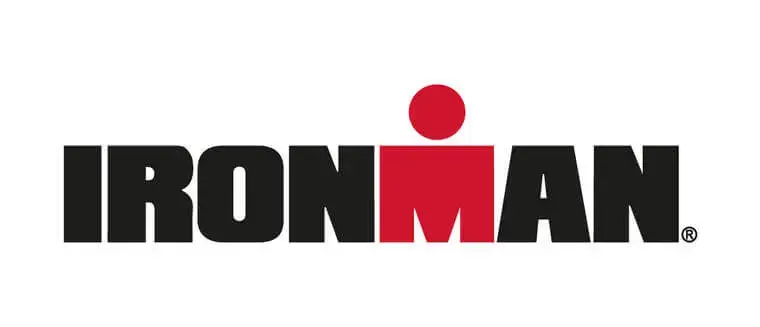
Ironman Distance Triathlon (140.6 miles)
Definition and distance breakdown
Ironman Distance Triathlons are long-distance triathlon events that typically consist of a 2.4-mile (3.86 km) swim, followed by a 112-mile (180.25 km) bike ride, and finishes with a full marathon distance run of 26.2 miles (42.2 km). The total triathlon distance covered in this race is 140.6 miles (226.3 km).
The swim portion of the race is typically conducted in open water such as a lake or ocean, and participants must navigate through the designated course using various swimming strokes. The distance breakdown for the swim portion is usually divided into two loops of 1.2 miles each.
The bike portion of the race covers 112 miles on a challenging course that includes hilly terrain and varying weather conditions. Participants must complete multiple laps to cover the entire distance, with aid stations available along the way to provide hydration and nutrition.
Finally, the marathon run completes the Ironman race with a distance of 26.2 miles on foot. This leg requires immense physical and mental endurance from participants who have already completed two gruelling events before this stage.
Overall, an Ironman race tests the limits of an athlete’s physical and mental capabilities as they push themselves to complete one of the most challenging endurance events in competitive sports today.
Lessons learned from training for a full Ironman event
-
- Master the Art of Pacing for the Long Haul: Participating in an Ironman requires a strategic mindset for the long haul. Training instils the art of pacing not only within each discipline but throughout the entire day. By practising sustained effort over extended periods during training sessions, you can effectively simulate the demands of the race day timeline.
- Fueling for the Fourth Discipline: Fueling during an Ironman goes beyond relying on gels and bars. It’s about crafting a nutrition strategy that fuels your body for hours on end. Through training, you learn to tune in to your body’s distinct requirements and customize your nutrition plan to meet the diverse energy demands of swimming, cycling, and running.
- Longest Training Days are Mental Marathons: The human body possesses remarkable capabilities, often underestimated. Ironman training encompasses both physical and mental challenges. Throughout the training journey, some days may feel like an emotional rollercoaster ride. The crucial element lies in conquering doubt and fatigue. Mastering the art of managing one’s mental state during prolonged training sessions fosters preparedness for the inevitable ups and downs on race day.
- Simulate Race Day Conditions: Unlike shorter races, participating in an Ironman exposes you to a multitude of conditions over a prolonged duration. Through training, you learn to simulate race day scenarios, encompassing everything from fine-tuning nutrition plans to adapting to unforeseen weather fluctuations. By preparing for the “what ifs,” you cultivate the confidence to tackle any challenge on race day, building an unwavering belief in your capabilities.
- Embrace the Dark Places: Every Ironman athlete encounters tough moments – the infamous “dark places.” Training for the full distance teaches you to navigate these mentally challenging periods. Embrace the discomfort during training, learn how to push through, and develop coping mechanisms that will be invaluable when the going gets tough on race day.
- Respect the Brick Sessions: Brick sessions (consecutive bike and run workouts) take on a new level of importance in Ironman training. They teach your body to transition from one discipline to another, mimicking the unique demands of the race. Use these sessions not only for physical adaptation but also for mental preparation for the often underestimated run after the bike.
- Sleep is Training, Too: Training for an Ironman is a balancing act, and sleep is a non-negotiable part of the equation. Learn to prioritize quality sleep as a crucial component of your training plan. Your body repairs and adapts during rest, ensuring you’re ready for the next gruelling session.
- Adaptability is a Superpower: Ironman training rarely goes as planned. Life happens, weather changes and unexpected challenges arise. Use training to develop adaptability – the ability to adjust your plan, stay focused, and find solutions on the fly. This skill becomes invaluable during the unpredictable nature of an Ironman race.
- Rehearse Your Race-Day Nutrition: Your nutrition plan on race day is a finely tuned performance. Training provides the stage for testing different fueling strategies, dialling in what works for you, and avoiding potential pitfalls. By race day, you’ll have a nutrition playbook tailored to your body’s needs.
- Celebrate the Micro-Goals: Training for an Ironman is a series of small victories. Learn to celebrate the micro-goals – hitting a new distance on the run, conquering a tough hill on the bike, or mastering your swim technique. These victories build confidence and reinforce your progress toward the ultimate goal.
Personal reflections on completing an Ironman Triathlon
Man, completing an Ironman race is no joke. As a triathlete, I can tell you that the satisfaction and sense of accomplishment you feel when you cross that finish line is unreal. It’s like all the pain, sweat, and tears were worth it in that one moment.
And let’s not forget about the mental toughness required to push through those gruelling miles – it’s a test of character.
But looking back on it now, I wouldn’t have wanted it any other way. The journey to becoming an Ironman may be tough, but damn is it rewarding.
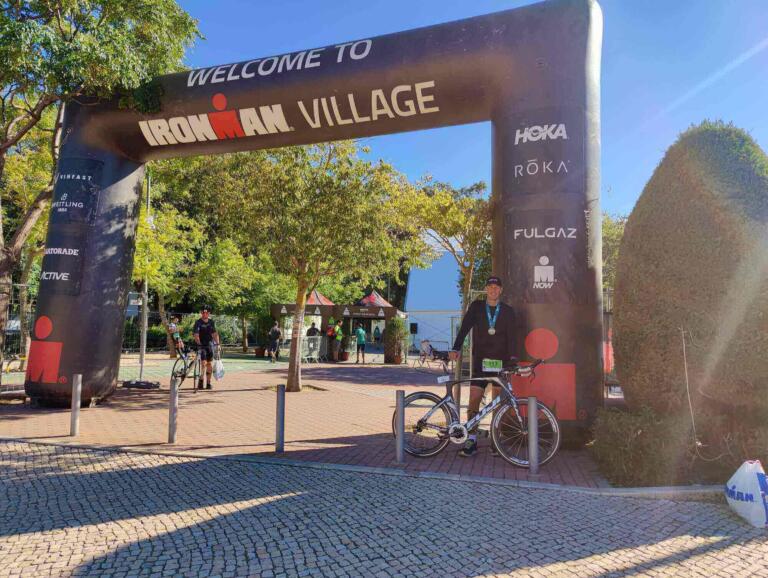
Encouragement to challenge oneself and try different distances in triathlon
Triathlons are not only physically challenging, but they also push us to expand our horizons and try new things. So why limit yourself to just one distance?
You never know what you’re capable of until you push yourself outside of your comfort zone.
The thrill of completing a longer triathlon or the satisfaction of beating your previous time in a shorter one is incomparable. Plus, each distance offers its own unique set of challenges and rewards. Don’t be afraid to challenge yourself and mix things up.
Pushing your limits in triathlon not only makes you a stronger athlete but also helps you grow as an individual. So dive in headfirst and see where the journey takes you! Trust me, it’s worth it.
Final thoughts as a dedicated triathlete always striving for improvement
As a dedicated triathlete, I have spent countless hours training and competing in various distance races. From sprint to Ironman, each distance brings its own unique challenges and triumphs.
And while some may argue that longer distances are the ultimate test of endurance, I believe that all triathlon distances require a different type of mental and physical strength.
The sprint distance, often overlooked by seasoned triathletes, is where it all began for me. It may be short in comparison to other races, but it requires explosive speed and quick transitions. As someone who loves pushing my body to its limits, the sprint distance allows me to do just that in a condensed amount of time.
Moving up to the Olympic distance, you can’t help but feel like a true athlete. The increased mileage in each discipline pushes your body and stamina to new heights. And let’s not forget about the mental fortitude needed to tackle those last few miles on the run.
The half-Ironman distance is where things start to get serious. It’s a true test of endurance and requires months of gruelling training. But with great challenge comes great reward, as crossing that finish line after 70.3 miles is an indescribable feeling.
And then there’s the infamous Ironman distance – a 2.4-mile swim, 112-mile bike ride, and a full marathon run. Some call it crazy, but as a triathlete, I call it an addiction. The sheer magnitude of this race requires not only physical strength but also unwavering mental toughness.
In my opinion, there is no “right” or “wrong” triathlon distance. Each one offers its own unique set of obstacles and ultimately leads to personal growth as an athlete.
So whether you’re drawn to sprints or thrive on Ironman distances, one thing is for sure – we all share the same passion for pushing our bodies beyond what we ever thought possible.
Let me know your thoughts on triathlon distances in the comments below!



